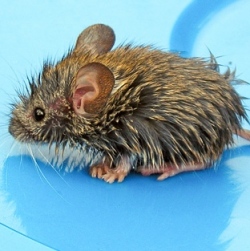
Researchers from Duke University Medical Center used molecular control switches known as microRNAs (miRNAs) to induce cells in scar tissue to change roles and turn into myocytes, the heart muscle cells that beat. The first miRNA was found in 1993, but it took nearly another decade for scientists to recognize these short RNA molecules (comprising roughly 22 bases) as a unique class of genome regulators. Now biologists have shown that they regulate many cellular processes and can play a role in many diseases, including cancer and heart disease.
By injecting a virus carrying four different miRNAs into a mouse’s damaged heart, the Duke researchers were able to show that scarred heart tissue can regenerate into healthier muscle tissue. Each miRNA turned a different set of genes on or off to orchestrate the cells’ role change. In theory, similar miRNAs could be given to patients after a heart attack so that their cardiac muscle regenerates, thereby reducing the risk of future heart failure.
Other techniques, like induced pluripotent stem (iPS) cell technology, can also reprogram heart and other adult cells. With iPS cells, for instance, an adult cell such as a skin cell is “deprogrammed” into a pluripotent state before being reprogrammed to become, say, a cardiac muscle cell. However, the miRNA method may be simpler and more direct.
“If everything comes to fruition, I think we will see this as a therapy in the next decade,” said author Victor Dzau of Duke University Medical Center in a release.
